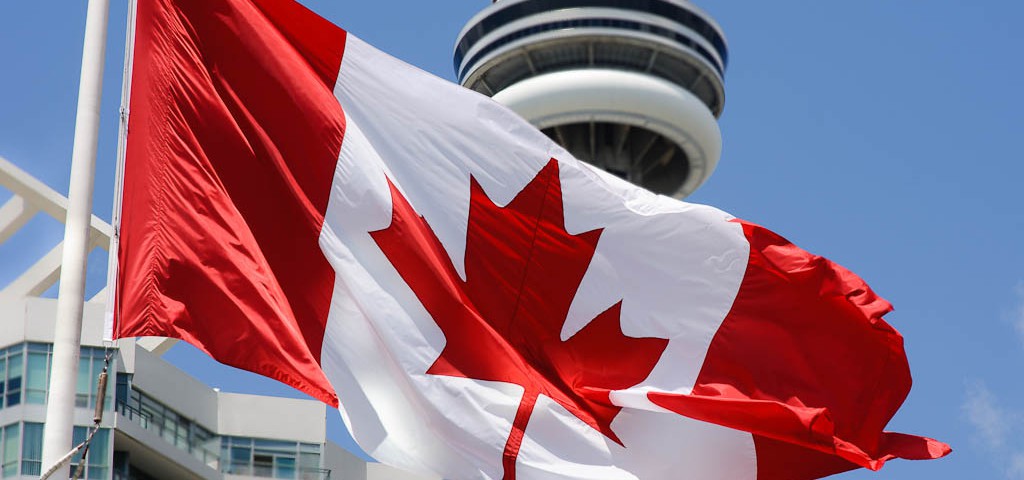Did you know that there’s more to the Canadian passport than meets the eye? From hidden images to various versions, here are seven things you may not know about this essential travel document.
Firstly, the Canadian passport features several iconic images from Canadian history, including landmarks, important buildings, statues, and people such as Niagara Falls, the Parliament buildings, hockey players, the Canadian prairies, and Terry Fox. Additionally, quotes from former prime ministers Sir John A. Macdonald and Wilfrid Laurier are also included in the passport’s design. These images and quotes serve more than just decorative purposes, as their complexity makes it harder to produce counterfeit copies of the passport.
Secondly, Canada’s passport is considered one of the world’s most powerful, allowing holders to travel to over 100 countries without a visa. In 2023, it ranked eighth in the Henley Passport Index alongside Greece, Hungary, Malta, and Poland, giving access to 186 countries visa-free. The Canadian passport contains colour-changing ink that looks different under certain lighting, which serves as an added security feature to prevent forgery. When held under UV light, hidden artwork, such as Parliament buildings that light up with fireworks and an illuminated Niagara Falls, becomes visible.
Thirdly, there is a luxurious all-white version of Canada’s passport, which is a shorter, temporary version (8 pages) used for urgent travel situations or residency requirements. Additionally, there are three other variations of the Canadian passport: the blue, standard passport for citizens; the red diplomatic passport for diplomats and high-ranking government officials; and the green special passport for senators and members of parliament.
Fourthly, the Canadian passport is technically granted by the “Queen of Canada,” which is a different title from the queen of Britain and Northern Ireland, despite being the same person. The first page of the passport contains a message from the minister of foreign affairs requesting, “in the name of Her Majesty the Queen,” that the bearer of the passport be allowed to “pass freely without delay or hindrance.” After the queen’s death and the coronation of King Charles, this message will be tweaked to replace “queen” with “king.”
Finally, the Canadian passport is popular among spies and assassins. In 1968, Martin Luther King Jr.’s assassin, James Earl Ray, used a Canadian passport to escape the FBI, and many other famous spies and assassins have also favoured the document as a way to get around. In 1961, Russian spy Gordon Lonsdale even used a fake Canadian passport for “espionage activities” in England.


